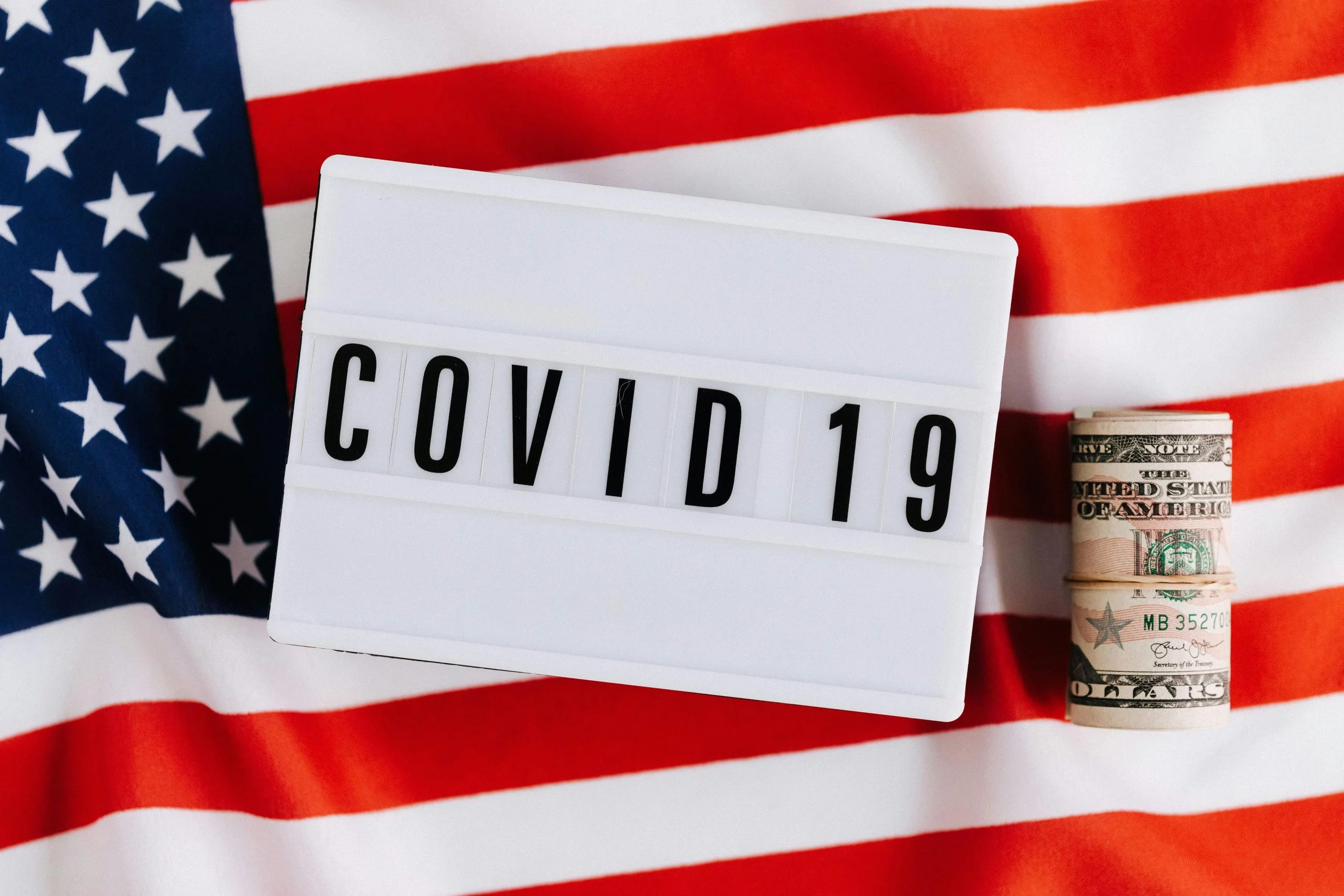
Credits: Pexels
Mark Twain once famously said, “there are three kinds of lies: lies, damned lies and statistics.” Evidence-based policy is of utmost importance, but questionable data and questionable analysis of data quite often lead to bad policy decisions. We need the right data, and we need to think about it correctly. A perfect example of this is a proposed rule from the Federal Reserve to further limit debit card interchange fees — a rule that federal executives should dismiss.
In 2011, as a result of the Dodd-Frank Wall Street reform legislation, the Fed was forced by Congress to restrict this interchange, or “swipe” fee, that businesses must pay. The Fed now seems to judge that the 2011 rule did not go far enough and is proposing Regulation II — a further reduction of interchange fees by nearly 30% more. But what data is this proposal based on, and what type of economic reasoning would justify it?
The Wrong Data
According to the Notice of Rulemaking published by the Fed Board of Governors in November of 2023, the proposal to update all three components of the interchange fee cap is based on the latest data reported to the Board by large debit card issuers concerning transactions performed in 2021, the economically devastating year of the COVID-19 pandemic, when debit cards were used far more often than usual.
All of us shudder when we reflect upon our lives during the COVID pandemic. The purchasing habits of all Americans changed during that period – as quick and easy access to cash was often not an option. Therefore, many of us out of necessity utilized our debits cards with greater frequency. Online orders skyrocketed. From Amazon purchases to the use of restaurant delivery services, people were driven to greater use of credit and debit cards during this period.
Using debit card data from 2021 to claim that financial institutions can afford an even worse government price cap on interchange fees is questionable at best. It would be like a person winning $50,000 on a scratch ticket on their birthday and then assuming that every year on their birthday they were going to win the same amount. The economic dislocation we endured in 2021 was a black swan event, unlikely ever to be repeated.
The Wrong Thinking
From an economic standpoint, the only justification for a price control — capping the price an institution can charge to intermediate a debit card transaction — is a lack of competition in the market for debit card transactions. While it may be possible that large financial institutions could use market power to extract transaction fees that exceed marginal cost, the market shares of the largest debit card issuers suggest that the industry should not be considered less competitive than many other industries without these price controls. If the industry is sufficiently competitive, putting a price ceiling on these “swipe fees” will only lead to economic inefficiency: lower-quality service for customers of these financial institutions who can’t cover their costs with transaction fees, decreased willingness of institutions to intermediate transactions for a lower price, or misallocation of resources as institutions aren’t incentivized to intermediate transactions in the most efficient way.
During the debate on the initial proposed rule, the Federal Reserve Chairman Ben Bernanke called this mandate “challenging,” and other Fed Board governors predicted significant limitations on services offered to customers by banks and credit unions. They have been proven correct – over the last decade financial institutions have raised fees on accounts, significantly reduced the availability of free checking and rewards programs, and hiked fees on ATM usage. However, the large retail merchants, like Amazon and Walmart, have reaped over $100 billion in extra profits since this price control took effect. In other words, consumers suffered while the big guys reaped significant benefits.
Conclusion
No law or regulation is forcing the Fed to take this action – the original mandate gave the Fed the option of future adjustments should circumstances warrant. But Washington insiders and their lobbyist cronies have exerted enormous pressure on regulators to further hamper a crucial sector of our economy for their own benefit. By doing so, they are ignoring the negative economic effects of the original rule, and even disregarding the concerns expressed by their former colleagues in 2011.
What makes this proposal even worse, however, is that the Fed is relying on flawed data as its justification. At the very least, federal executives should mandate that the Fed go back to the drawing board and gather data from a period of time when lockdowns weren’t prevalent or mandatory.
Dr. Joshua Hollinger is an Assistant Professor of Economics at Dordt University.
Copyright © 2024 California Business Journal. All Rights Reserved.
Are you thinking of buying or selling a home in East Moriches? This article is…
Are you looking to start your own home construction company? If so, we're here to…
Ever felt the pressure to defy the natural aging process? In a society where looking…
Have you ever found yourself puzzled over how to utilize that awkward corner kitchen cabinet…
Are you one of the many grappling with the insidious discomfort of TMJ (temporomandibular joint…
In today's digital age, having a strong online presence is crucial for the success of…